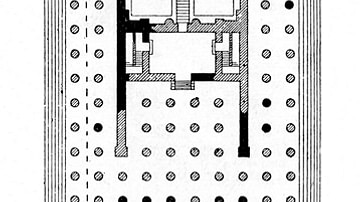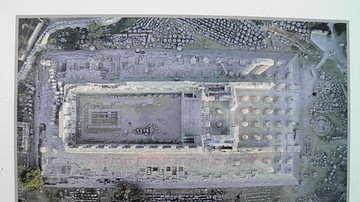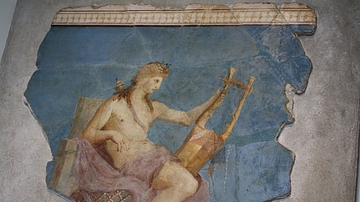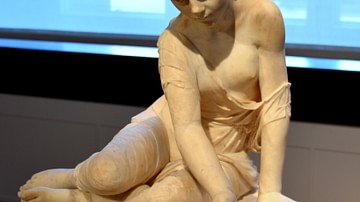Illustration
Apollo is rendered as a muscular young man. However, the feminine sensuality displayed here is probably caused by his over-emphasized hips. His robe falls below the waist, exposing the external genitals. The fingers (now lost) of the left hand must have touched the strings of the ornamented lyre, the latter having been placed on a pillar. Overall, the depiction of the face and body is peaceful and divine. This form of the rendering of this god was known as Apollo "citharados" (Apollon Citharoedus), or Apollo playing the lyre. Marble. Roman Period, 2nd century CE. From Miletus, Balat, in modern-day Turkey. (Museum of Archaeology, Istanbul, Turkey).
About the Author
Cite This Work
APA Style
Amin, O. S. M. (2018, May 12). Statue of Apollo Playing the Cithara from Miletus. World History Encyclopedia. Retrieved from https://www.worldhistory.org/image/8697/statue-of-apollo-playing-the-cithara-from-miletus/
Chicago Style
Amin, Osama Shukir Muhammed. "Statue of Apollo Playing the Cithara from Miletus." World History Encyclopedia. Last modified May 12, 2018. https://www.worldhistory.org/image/8697/statue-of-apollo-playing-the-cithara-from-miletus/.
MLA Style
Amin, Osama Shukir Muhammed. "Statue of Apollo Playing the Cithara from Miletus." World History Encyclopedia. World History Encyclopedia, 12 May 2018. Web. 14 Apr 2025.








